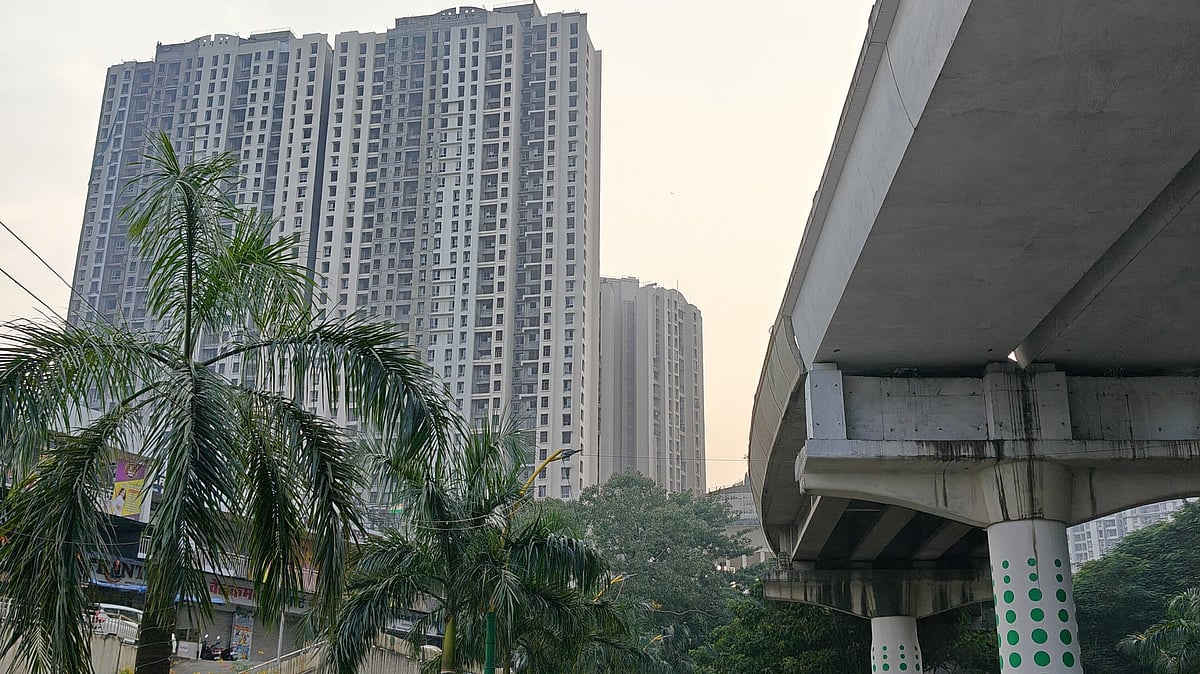How the Mumbai Metro Is Rewriting Real Estate Demand Across MMR
Seamless connectivity is pushing homebuyers toward suburbs that offer faster commutes and better affordability

The rapid expansion of the Mumbai Metro network is reshaping how people live, commute, and invest across the Mumbai Metropolitan Region (MMR). What began as a public transport initiative has now become a decisive force in determining real estate demand and value. As new lines open and existing ones expand, metro connectivity is emerging as one of the strongest factors influencing both residential preferences and investment patterns across the region.
The impact is best reflected in the success of Metro Lines 2A and 7—the elevated corridors that connect Dahisar (East and West) with DN Nagar and Gundavali. In just 39 months, these lines recorded over 200 million passenger journeys, with average daily ridership exceeding 300,000.
This massive adoption highlights how the metro has redefined daily commuting for thousands of Mumbai residents. For many end-users working in Andheri, BKC, or South Mumbai, these routes have significantly cut down travel time and commuting fatigue. The result is a growing willingness among professionals to move from high-cost, centrally located rentals to suburban neighbourhoods that now enjoy direct, rapid connectivity.
Convenience Counts
The metro has altered the city’s geography of convenience. Areas once perceived as “too far” are now within easy reach of employment hubs. This accessibility has encouraged both end-users and investors to re-evaluate suburban markets. Locations like Borivali, Kandivali, Malad, and Andheri—already popular residential hubs—are witnessing renewed interest, while emerging zones such as Dahisar and Oshiwara are fast gaining prominence. The ease of commuting has turned once peripheral areas into viable residential choices, closing the psychological distance between home and workplace.
Value Driver
From an investment standpoint, metro connectivity has a measurable impact on property performance. Homes and offices located within walking distance of metro stations typically command higher rentals and show greater potential for capital appreciation. The logic is simple—connectivity enhances convenience, which in turn boosts demand. A study conducted along the Versova–Andheri–Ghatkopar corridor reinforced this correlation, showing consistent upward trends in both property prices and rental yields after the metro became operational.
Real estate experts increasingly acknowledge that metro infrastructure is transforming residential and office linkages across Mumbai. The network has blurred traditional boundaries between “central” and “suburban” locations, redefining what qualifies as prime real estate. This shift has also influenced developer strategy, with many new projects emphasizing metro proximity as a key selling point.
Micro-Markets
Several micro-markets stand out as direct beneficiaries of recent and upcoming metro developments:
Western Corridor (Dahisar to Andheri): Continues to remain the most dynamic, driven by robust commuter traffic and a large working population.
South Mumbai and BKC Belt: The newly inaugurated stretch of Metro Line 3, connecting Worli to Cuffe Parade, has revived demand in these zones. Enhanced accessibility is expected to push property prices upward in premium neighbourhoods.
Eastern Suburbs and Thane: The proposed Line 14 (Kanjurmarg to Badlapur) is set to extend the metro’s influence further east, bringing previously distant suburbs into the fold of high-connectivity zones.
These expanding corridors not only unlock residential potential but also stimulate commercial development around stations—creating clusters of retail, offices, and leisure facilities that add vitality to the surrounding real estate ecosystem.
Key Implications
Projects positioned near stations enjoy faster sales velocity, better price realization, and long-term appreciation. For investors, these locations offer stable rental income and lower vacancy risks. And for home-buyers, the metro translates directly into lifestyle value—shorter commutes, improved work-life balance, and reduced transport costs.
The cumulative effect is a new urban logic: in a city constrained by geography and congestion, commute time has become the new currency.
The difference of a few kilometres can now mean a difference of hours in daily life, making proximity to metro infrastructure not just a matter of convenience but a strategic choice. The takeaway is clear: the metro is no longer an add-on amenity—it is the foundation of real estate value in modern Mumbai.
The writer is Partner at Palladian Partners Advisory Ltd.
RECENT STORIES
-
-
-
-
-